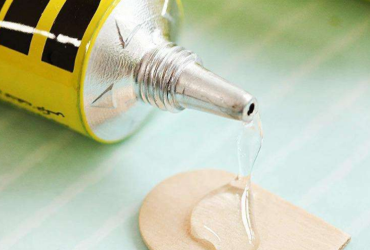Two-component epoxy systems have a proven track record for providing excellent mechanical properties, chemical resistance, and adhesion to a wide range of substrates. They are frequently chosen over other technologies especially when chemical resistance is an important attribute. Chemical resistance is required in a variety of applications from construction and infrastructure to marine and protective metal coatings, and involves many different substrate surfaces in flooring, bridges, wastewater treatment plants, power plants, metal equipment, and marine ships. These assets are constantly under attack from various chemicals such as salt water, acids, and organic solvents. Chemical resistance is critical in providing protection to maximize the service life of these assets.
A number of factors determine the type of epoxy system required for chemical resistance. Key aspects influencing the chemical resistance of an epoxy system include chemical structures, crosslinking density, and degree of cure. Crosslinking density largely depends on the structure and functionality of the epoxy resin and curing agent, while system mobility impacts the degree of cure. Molecular modeling and analytical techniques such as differential scanning calorimetry, Raman spectroscopy, and dynamic mechanical analysis shed light on the fundamental understanding of the influence of crosslinking density and degree of cure on chemical resistance. This paper details the results of such a fundamental study.
Welcome to visit our "Made in China" plateform,by clicking here.
#resin #UVresin #chinaresin #chinapolyurethane #resinmaterial #plasticresin #uvoil #uvpigment #whitepolyurethaneresin #polyurethaneresinadhesive #adhesive #polyurethaneresinfoam #uvreinbulkbuy #oligomer #oligomers #uvoligomer #uvoligomers #uvcuringoligomer #epoxyacrylate #polyurethaneacrylate #polyesteracrylate


2022-08-03




2025-01-06